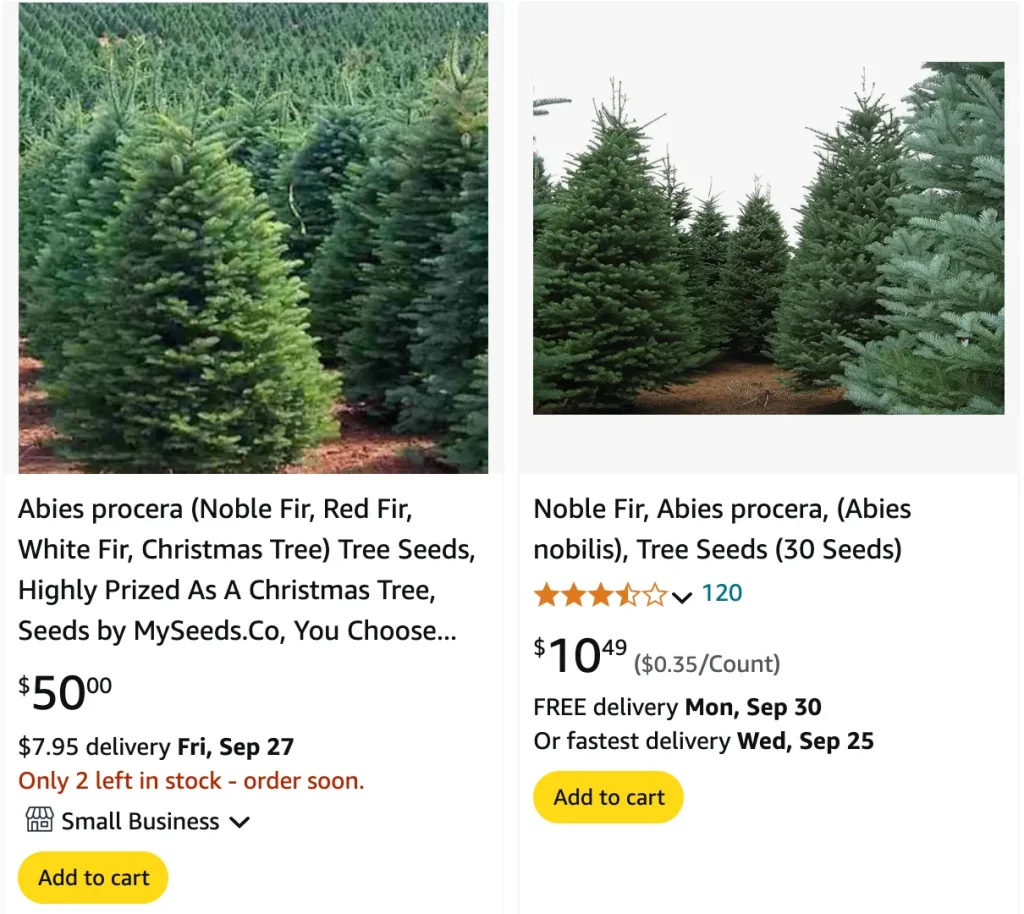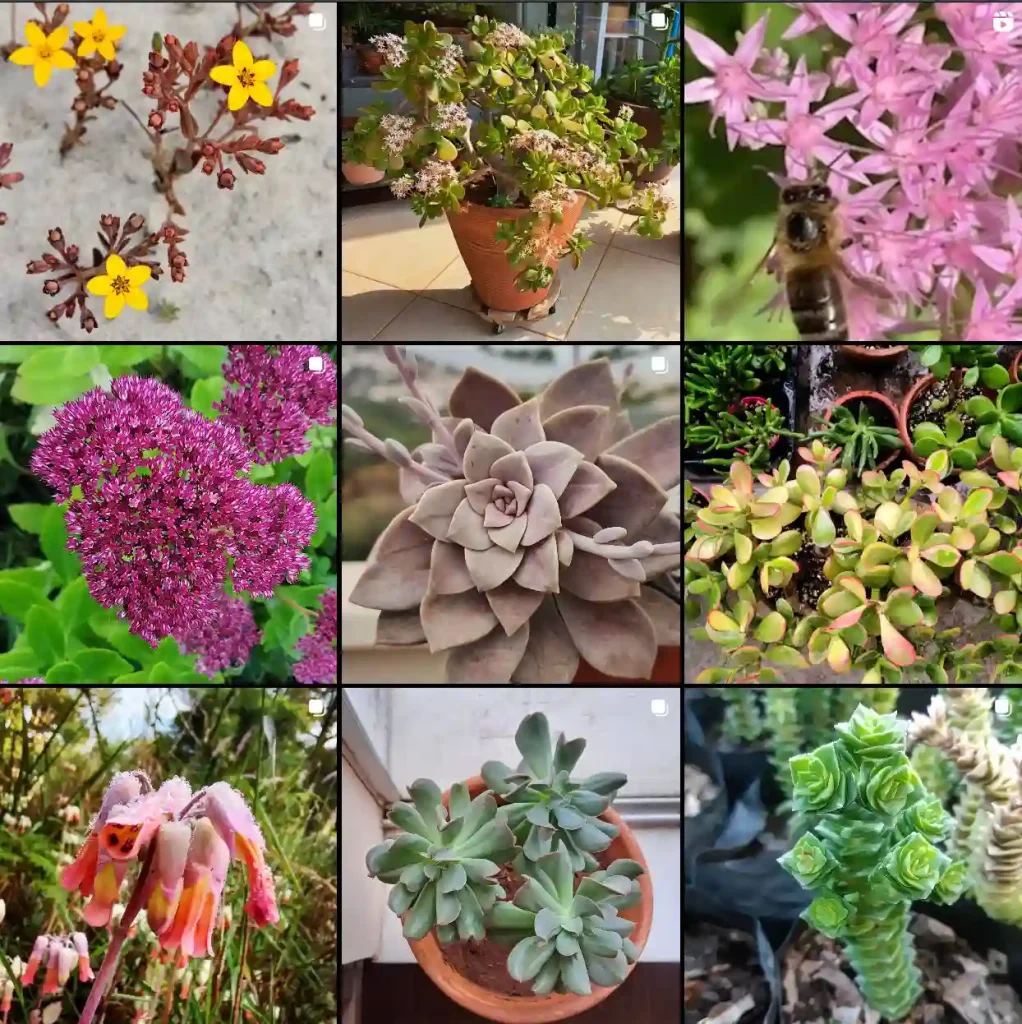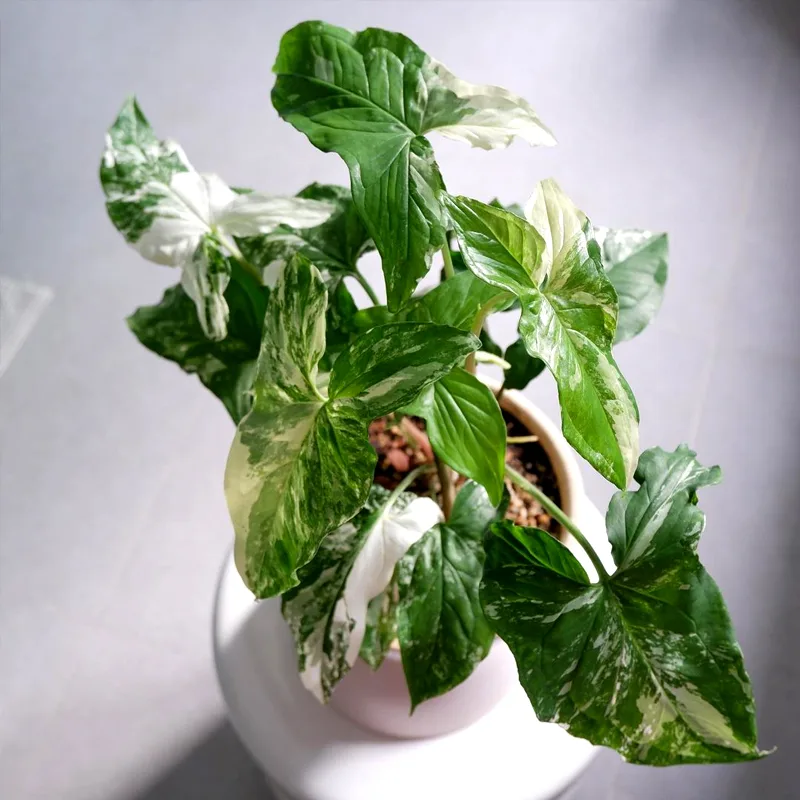
FAQs About Abies Procera: Everything You Need to Know
Abies Procera, commonly known as the Noble Fir, is a magnificent evergreen tree that brings both beauty and a touch of wilderness to any landscape. In this article, I’ll address some frequently asked questions about this impressive tree, covering its origin, care, propagation, and more.
48 Species in Genus Abies
Where Is Abies Procera Native To?
Abies Procera is native to the Pacific Northwest of the United States. Specifically, it grows in the mountainous regions of Oregon, Washington, and British Columbia. This tree thrives in the moist, temperate rainforests of these areas, where the climate is ideal for its growth.
What Are the Key Characteristics of Abies Procera?
Abies Procera is renowned for its tall stature and conical shape. It can reach heights of up to 200 feet in its natural habitat. The tree features a straight trunk and dense foliage with dark green needles that are arranged in a spiral pattern. Its cones are cylindrical and can be up to 8 inches long, turning from green to brown as they mature.
How to Care for Abies Procera?
Caring for Abies Procera involves a few key considerations:
- Soil: The Noble Fir prefers well-draining, acidic soils. It’s best to avoid heavy clay or overly sandy soils. Adding compost can improve soil quality.
- Watering: While young trees need regular watering to establish their roots, mature trees are quite drought-tolerant. However, they still appreciate occasional watering during dry spells.
- Sunlight: Abies Procera thrives in full sun to partial shade. It prefers environments with plenty of sunlight but can also tolerate some shade.
- Pruning: Minimal pruning is required. Remove any dead or diseased branches to maintain the tree’s health and appearance.
How to Propagate Abies Procera?
Propagating Abies Procera is typically done through seed. Here’s a general guide:
- Collect Seeds: Harvest seeds from mature cones when they turn brown and start to open.
- Prepare Seeds: Clean the seeds and stratify them by placing them in a refrigerator for about 30 days.
- Plant Seeds: Sow the seeds in a well-draining seed mix, cover lightly, and keep them in a cool, shaded location. Maintain moisture until germination occurs.
- Transplant: Once seedlings are large enough to handle, they can be transplanted to their permanent location.
What to Plant With Abies Procera?
When planting Abies Procera, consider companion plants that complement its size and growing conditions. Some great choices include:
- Understory Shrubs: Rhododendrons and azaleas can thrive in the same acidic soil conditions.
- Ground Cover: Plants like creeping junipers or hostas can provide attractive ground cover without competing for resources.
- Trees: Mixing with other conifers like Douglas Fir or Western Red Cedar can create a diverse and lush forest environment.
Can You Grow Abies Procera Indoors?
Growing Abies Procera indoors is challenging due to its size and specific light requirements. It’s best suited for outdoor environments where it has plenty of space to grow. If you want an indoor conifer, consider smaller varieties like the Dwarf Alberta Spruce.
Is Abies Procera Toxic?
Abies Procera is not considered toxic to humans or pets. However, as with many plants, it’s best to avoid ingestion of large quantities. If you have concerns, especially with pets, monitor their interaction with the tree.
What Are the Benefits of Abies Procera?
Abies Procera offers several benefits:
- Aesthetic Appeal: Its tall, elegant shape and rich green needles add a dramatic touch to landscapes.
- Wildlife Habitat: Provides shelter and food for various wildlife species, including birds and small mammals.
- Timber Use: The wood of Abies Procera is valued for its strength and is used in construction and furniture making.
Common Problems with Abies Procera
Here are a few common issues you might encounter:
- Pests: Watch for pests like spider mites and aphids, which can affect the tree’s health.
- Diseases: Fungal diseases such as needle cast can cause needle loss. Ensure proper air circulation and avoid overhead watering to minimize risks.
- Environmental Stress: Abies Procera can suffer from environmental stress if exposed to harsh conditions or poor soil. Regular monitoring and care can help mitigate these issues.
How Does Abies Procera Compare with Similar Trees?
When comparing Abies Procera with other conifers, such as the Douglas Fir (Pseudotsuga menziesii) or the Grand Fir (Abies grandis), here are some distinctions:
- Size and Shape: Noble Fir is generally taller and more conical than Douglas Fir. It also has longer cones compared to Grand Fir.
- Needle Texture: The needles of Abies Procera are more rigid compared to the softer needles of Douglas Fir.
- Growth Environment: While all these trees thrive in similar conditions, Noble Fir prefers slightly cooler and moister environments compared to its relatives.
In summary, Abies Procera is a majestic tree with specific needs and benefits that can enhance any landscape. By understanding its care requirements and characteristics, you can enjoy the beauty and grandeur of this remarkable conifer in your own garden.
If i die, water my plants!



